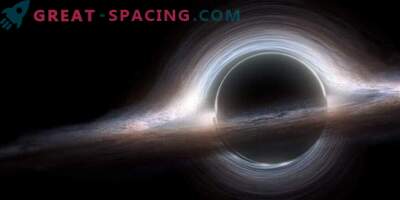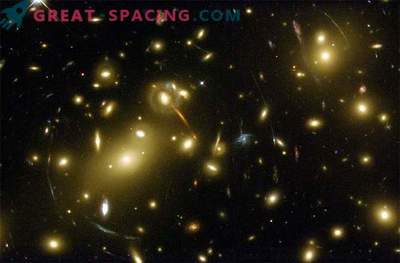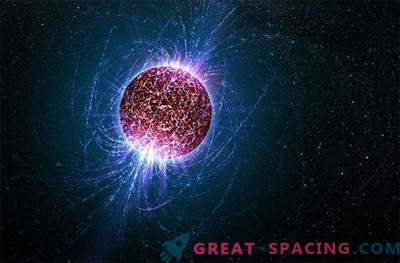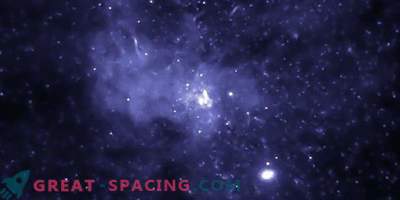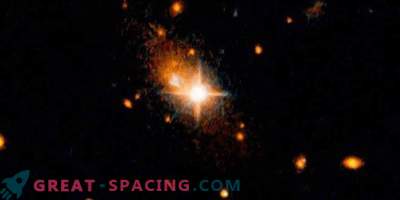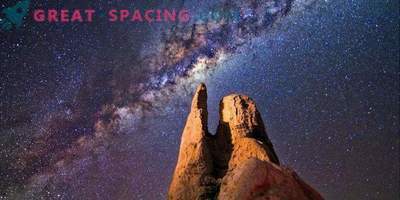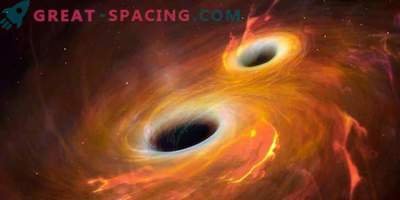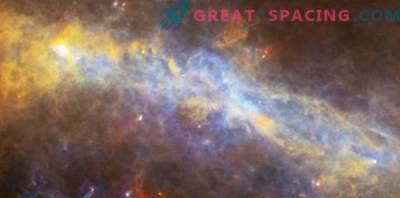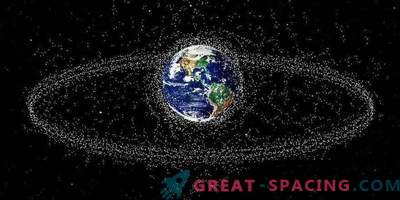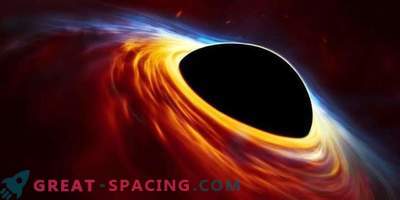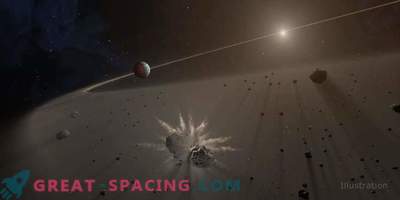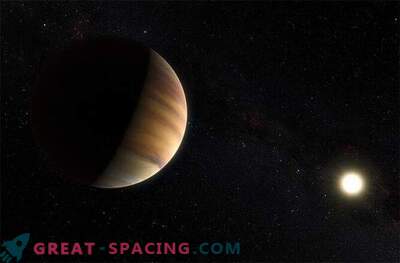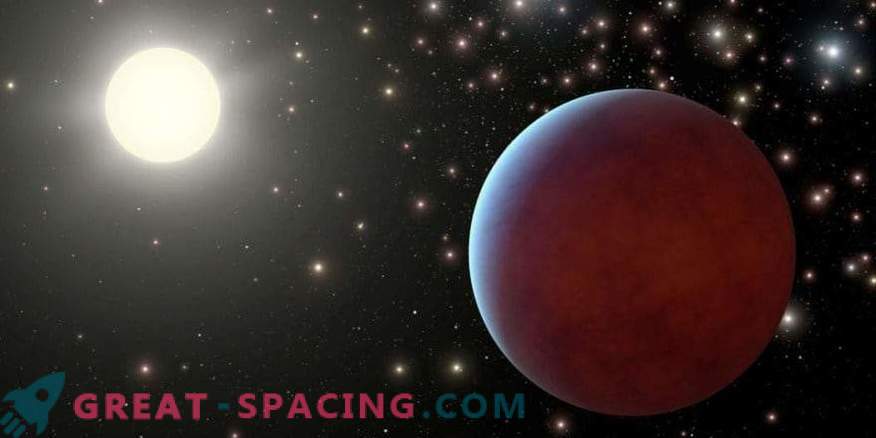
A galactic supermassive black hole called Sagittarius A * lives at a distance of 26,000 light years from us. Extends to 44 million km and exceeds solar massiveness by 4 million times. Scientists can not see these objects, therefore, note the presence of a gravitational effect on the stars.
It turned out that this hole perfectly checks the physics of gravity. For example, a group of researchers managed to note the subtle effects created by the gravitational forces of a black hole. Thus, they confirmed the predictions of Einstein.
The data collected over 20 years of observation of the Very Large Telescope and other terrestrial vehicles were used as data. For the analysis, we had to study the orbits of the stars closest to Sagittarius A *. It turned out that one of the stars deviated from the upholstery and did not correspond to the Newtonian physics, but it did converge with the general theory of relativity.
S2 is 15 times more massive than the Sun and passes the orbital path in 15.6 years. At the closest approach, it is always 17 light hours from the hole. It turns out that this is the owner of the most elliptical orbital passage around a supermassive black hole.
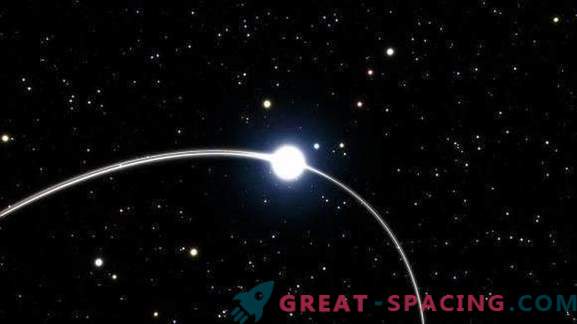
Fictional interpretation of the S2 star orbit around a supermassive black hole.
Also noted a small change in the orbit, which is explained by the relativistic effects created by the gravity of the hole. That is, the elliptical loop S2 rotates with perihelion, directed in different directions.
Similar is also observed on the orbital path of Mercury. It was his passage that created inconvenience for the mechanics of Newton in the 19th century. From that moment they began to think that Newton's theory of gravity was missing something. The missing parts introduced by Albert Einstein.
If the observations are confirmed, then this is the first calculation of the general theory of relativity on the example of the rotation of stars around a supermassive black hole.
In addition, scientists have derived a more accurate mass of Sagittarius A * and its distance from our planet. This will help to better explore the supermassive black holes and understand the gravitational nuances.
It is expected that in 2018 S2 will come close to the hole and then it will be possible to test the GRAVITY device installed on the Very Large Telescope. It should determine the stellar orbit as accurately as possible.
